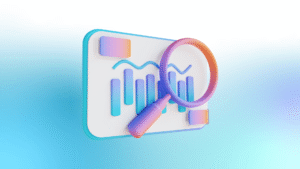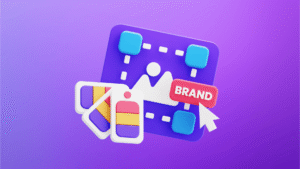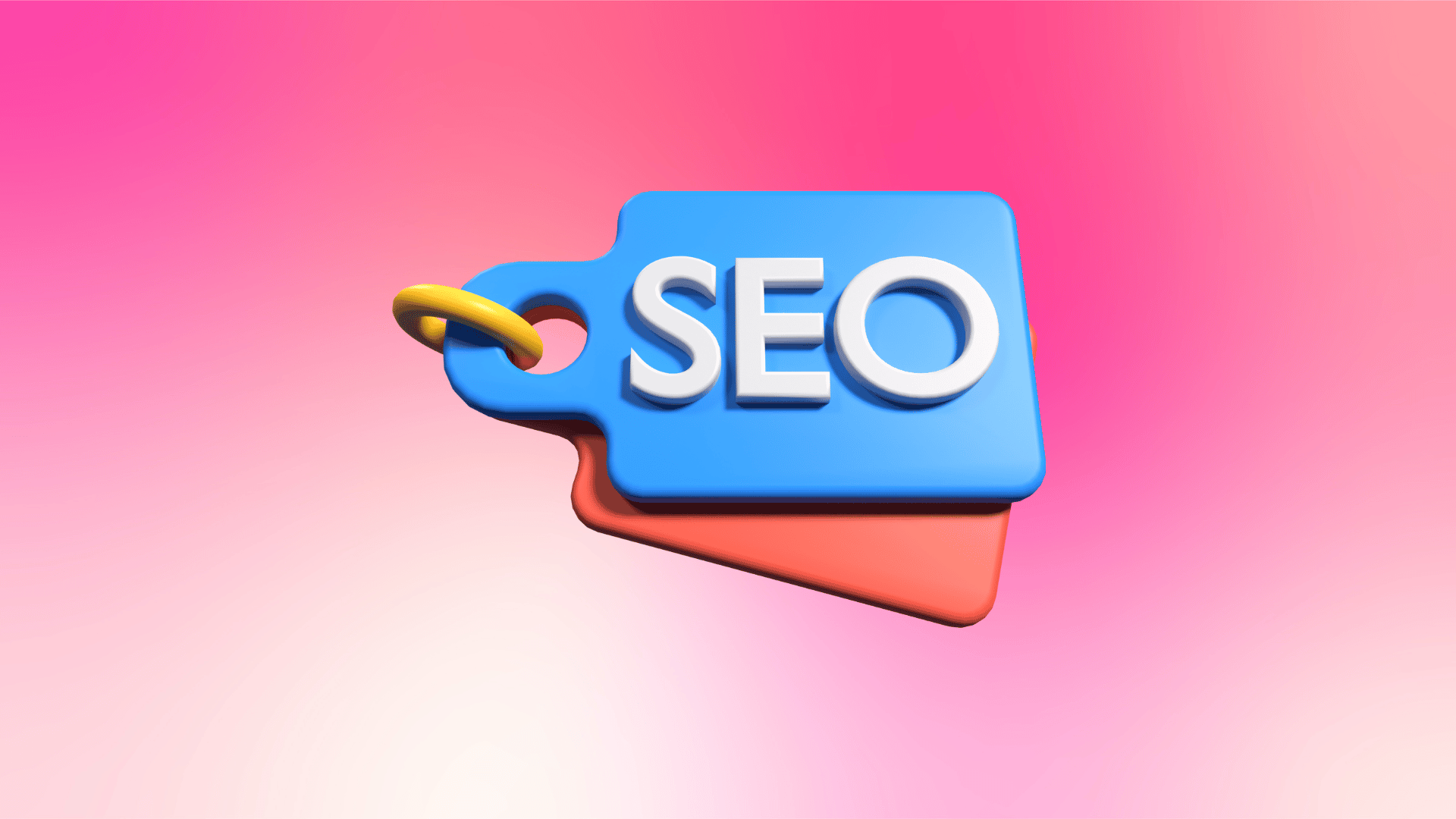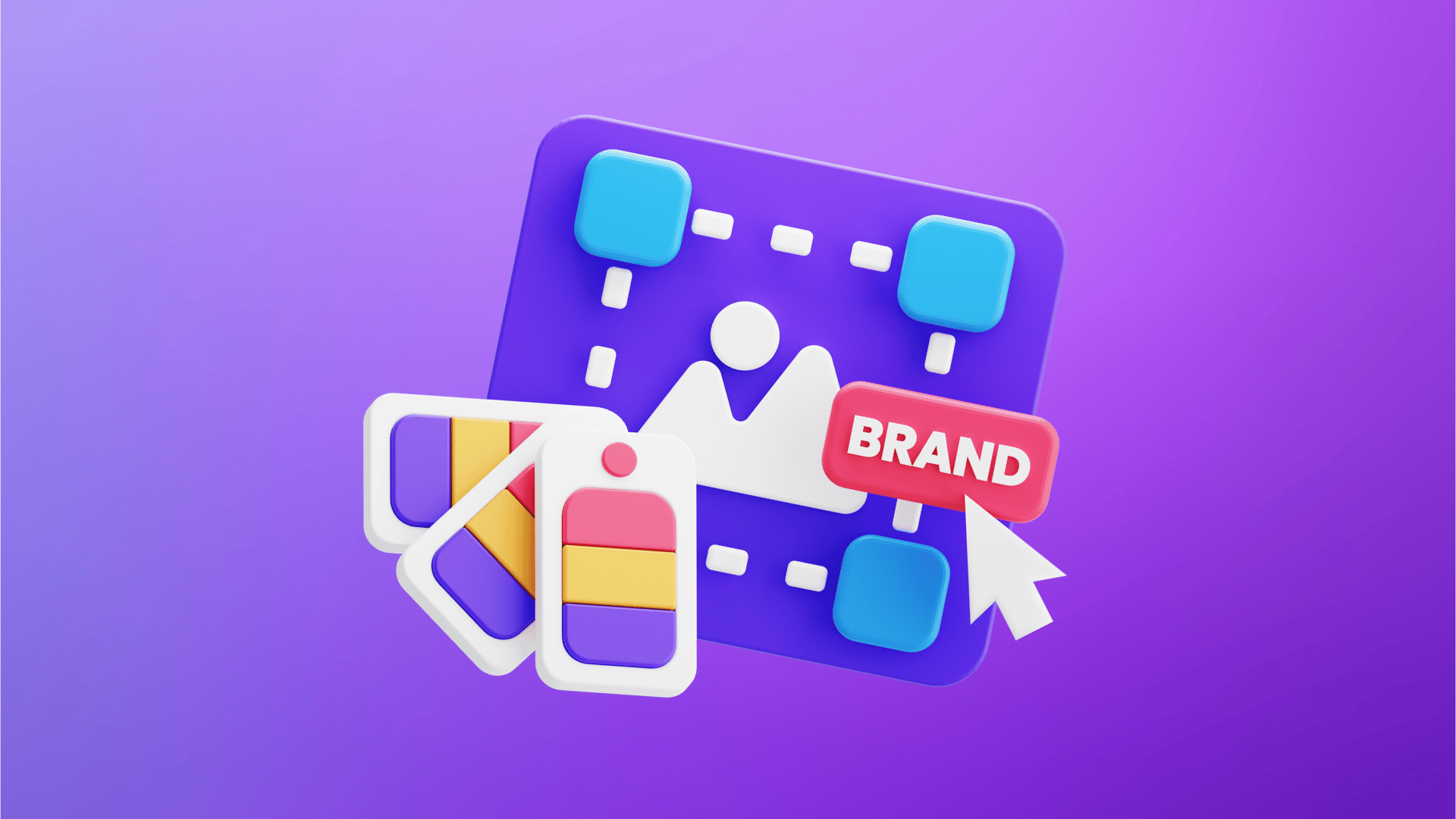A marketing funnel converts casual browsers into loyal customers and guides them through a trip from initial awareness to final action. Many small business owners find it challenging to discover the full potential of this powerful tool.
Marketing funnels can boost sales by a lot, increase customer loyalty, and build stronger brand awareness with proper implementation. Understanding each funnel stage is vital for success, whether you’re starting with digital marketing or improving your current strategy.
This practical piece will help you become skilled at using the marketing funnel, covering everything from simple concepts to advanced strategies. You’ll discover how to build a funnel that aligns with your customers’ buying behaviour rather than just your selling preferences.
Want to reshape your marketing approach and attract more high-quality leads? Let’s take a closer look at building a marketing funnel that works for your small business.
What is a Marketing Funnel
A marketing funnel shows how customers move from first learning about your brand to making a purchase. This framework helps businesses guide prospects through their decision-making process.
Simple components of a funnel
The marketing funnel has three main stages that show how customers connect with your brand:
- Top of Funnel (TOFU): The awareness stage where prospects first find your brand and identify their needs
- Middle of Funnel (MOFU): The consideration phase where prospects assess solutions and build trust with your brand
- Bottom of Funnel (BOFU): The conversion stage where prospects make purchasing decisions
Each stage needs its own marketing approach. Businesses capture attention through content marketing and social media in the awareness stage. The consideration phase builds relationships through detailed product information and case studies. The conversion stage focuses on compelling offers and clear calls to action.
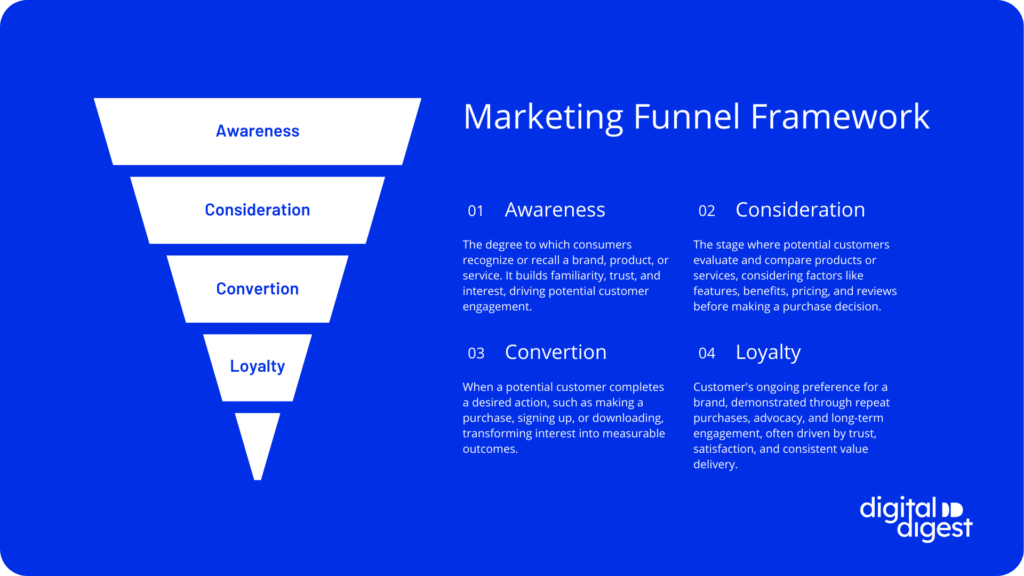
Why small businesses need marketing funnels
Marketing funnels are powerful tools for small businesses because they show insights into the buying cycle. Studies show that existing customers spend 31% more than new ones. This makes funnel optimisation vital for business growth.
Marketing funnels help small businesses spot problems early in the customer’s experience. Businesses can track customer behaviour through each stage and see where prospects lose interest. This helps them adjust their strategies quickly.
A well-laid-out marketing funnel helps small businesses make the most of their limited resources. They can create targeted marketing campaigns that deliver the right message at the right time. Research shows 71% of consumers expect brands to offer personalised interactions. This makes funnels essential to meet modern customer expectations.
Marketing funnels give measurable results. Small businesses can see where they’re losing customers and change their strategy. This evidence-based approach helps improve marketing efforts and boost conversion rates without spending more money.
Setting Up Your First Digital Marketing Funnel
A well-laid-out digital marketing funnel needs careful planning and the right tools. Research shows that 68% of companies still haven’t mapped their sales funnel. A structured approach will help you turn more prospects into customers.
Choose your funnel tools
The right tools are the foundations of your marketing funnel. You’ll need:
- A landing page builder (like Unbounce or ClickFunnels)
- Email marketing platform (such as MailChimp)
- Analytics tools (Google Analytics)
- Customer relationship management (CRM) system
Map customer touchpoints
Customer touchpoint mapping shows you every interaction between your brand and potential customers. You need to track your customer’s trip from awareness to conversion. This process reveals where prospects might leave, which lets you fix problems before they affect your sales.
Create essential content
Content is the backbone of your marketing funnel. Your landing page should highlight your product’s benefits and value. You must offer visitors something valuable to get their contact information, such as:
- White papers with industry insights
- Free ebooks that solve common challenges
- Product demonstrations
Set up tracking
Good tracking will give you ways to monitor and improve your funnel’s performance. Start with Google Analytics to track user behaviour and conversion rates. When setting up tracking, focus on key metrics including:
- Conversion rates
- Customer engagement levels
- Click-through rates
- Cost per lead
- Marketing qualified leads
You should analyse your funnel data regularly to find areas for improvement. You can create custom campaigns in Google Analytics to track specific marketing initiatives and measure how they affect your overall funnel performance.
Note that nurturing prospects throughout their trip matters. Getting contact information is vital, but consistent communication helps overcome objections and builds lasting relationships with potential customers.
Top Funnel Strategies That Work
Successful top-funnel marketing combines social media, content creation, and email marketing to attract potential customers. Research shows that 75% of B2B buyers use social media to make buying decisions.
Social media awareness tactics
Your target audience’s priorities determine the right social platforms. Each platform serves a different purpose and attracts unique audiences. To name just one example, Facebook and Instagram work well for visual content, while LinkedIn suits professional services.
To make your social media work better:
- Design eye-catching content that stops users mid-scroll
- Share educational tutorials and value-driven content
- Use paid advertising for targeted reach
- Build community through comments and direct messages
Content marketing basics
Content creation is the life-blood of top-funnel marketing, especially when you have common customer challenges to address. Research shows video is the number one format marketers used in their content strategy. All the same, successful content marketing needs various formats that solve specific customer problems.
Your content should answer your audience’s questions rather than promote products directly. Seattle Coffee Gear shows this approach perfectly by sharing educational coffee-making tutorials that establish them as a trusted resource.
Email list building
Email capture is a vital component that converts awareness into lasting relationships. Both opt-in forms across your website and dedicated landing pages help grow your subscriber base.
Lead magnets like email courses or free trials are a great way to get more subscribers. Research shows personalised email subject lines boost open rates substantially.
Your email list needs segments based on subscriber behaviour and priorities to deliver relevant content. This targeted approach helps maintain engagement and reduces unsubscribe rates, which typically average 0.24%.
Converting Interest to Sales
Your marketing funnel’s bottom needs specific strategies to turn prospects into paying customers. Studies show that 60% of customers say no four times before saying yes. Success depends on persistence and the right techniques.
Landing page essentials
Landing pages are where most conversions happen in your marketing funnel. Your landing page needs these key elements to work:
- Clear value proposition above the fold
- Compelling visuals that showcase product benefits
- Social proof through customer testimonials
- Single, focused call-to-all-action
- Minimal distractions and clear navigation
Landing pages need solid product information beyond design elements. You should focus on specific advantages that solve your customer’s problems. Studies show that 72% of customers trust businesses more when they see positive testimonials. This makes social proof a vital part of your landing page strategy.
Follow-up sequences
Email sequences are the foundations of good follow-up strategies. A well-laid-out sequence has 2-3 emails spread over several days. You should send a personal follow-up right after first contact that speaks to what interests your customer.
Timing can make or break your conversion success. Research shows that 78% of purchases go to the first business to respond. These sequence strategies work best:
First email: Send it within 2-3 days. Share valuable materials and suggest a consultation call. This original contact sets the tone for what comes next.
Second email: Send a follow-up 3-4 days later. Reference previous talks and offer more value. This builds trust and keeps people involved.
B2B services can add case studies and white papers to their sequence. E-commerce businesses can use product videos and size charts to help customers overcome buying hesitation.
Segment your audience based on how they interact to boost sequence results. Research shows that personal email campaigns boost conversions substantially. Limited-time offers can create urgency and speed up decisions.
Track key metrics throughout your follow-up process. Look at conversion rates, cost per acquisition, and customer lifetime value. These numbers help you keep improving your conversion strategy.
Measuring Funnel Performance
Marketing teams can boost conversion rates by tracking and analysing funnel performance. Research shows that funnel landing pages convert at 2.35% on average. Top performers reach rates of 5.31% or higher.
Key metrics to track
Your funnel’s success depends on monitoring specific metrics at each stage:
- Conversion Rate: Measures how effectively leads transform into customers
- Customer Acquisition Cost (CAC): Calculates expenses for acquiring new customers
- Customer Lifetime Value (CLV): Projects total revenue from customer relationships
- Website Traffic: Tracks visitor numbers and engagement levels
- Email Engagement: Monitors open rates and click-through performance
We tracked these metrics to spot bottlenecks early and made quick fixes to marketing strategies. Companies that track properly have shown better agility and data analysis capabilities.
Using Google Analytics
Google Analytics is essential for funnel analysis. Its funnel exploration feature shows user paths and highlights where they drop off. You can create custom funnels with up to 10 steps to track specific conversion paths.
The tool offers two distinct funnel types:
- Standard (stepped) funnels showing sequential progress
- Trended (line chart) funnels displaying simultaneous step performance
Google Analytics needs 24-48 hours to process data. Plan your analysis timeline to ensure you have complete data available.
Making data-driven improvements
Evidence-based patterns help guide strategic improvements. Studies show that companies making evidence-based marketing decisions get better customer engagement and conversion rates.
Your funnel performance can improve when you:
- Identify Drop-off Points: Analyse where prospects leave your funnel
- Test Variations: Implement A/B testing to find winning combinations
- Automate Processes: Use marketing automation for consistent communication
- Segment Audiences: Deliver personalised messaging based on behaviour
Funnel optimisation needs constant monitoring and refinement. Research shows that personalised email campaigns boost conversions. Marketing automation helps target communication with leads at various funnel stages and addresses specific pain points.
You should set up anomaly alerts for sudden conversion rate changes. These alerts help fix critical errors like broken checkout processes faster than manual monitoring.
Note that both quantitative and qualitative data matter. Numbers show what happens in your funnel, while customer feedback and behaviour analysis explain why patterns emerge. This detailed approach ensures your optimisation efforts target real improvement opportunities instead of surface-level metrics.
Conclusion
Marketing funnels help small businesses grow and acquire customers. Small businesses can turn casual browsers into loyal customers by implementing the right funnel strategies. This approach helps them make the most of their marketing resources.
Evidence-based results show how well-laid-out marketing funnels work. Small businesses that monitor their metrics and study customer behaviour see better conversion rates. Their customers also tend to spend more over time when they optimise their approach based on information.
The path to success requires understanding each funnel stage and using appropriate strategies at crucial moments. Your social media participation, content creation, and email marketing should work together. These elements guide potential customers through their buying process. Landing page improvements and smart follow-up sequences turn interest into actual sales.
Marketing funnels require continuous fine-tuning based on performance metrics. Business owners should analyse their key numbers and use Google Analytics to spot opportunities quickly. Those who dedicate time to measure and enhance their funnels build lasting paths toward growth and happy customers.
Author
-

Managing Director of one of Australia's leading Digital Marketing Agencies... With over 7+ years of hands on experience in SEO, managing both national & international organisations SEO strategy and campaign distribution. Having won several international awards (Search Awards, Clutch, TechBehemoth etc.) for both paid media and search campaign success... He is a front runner in leading search and defining the playbook for the Australian market.
View all posts

